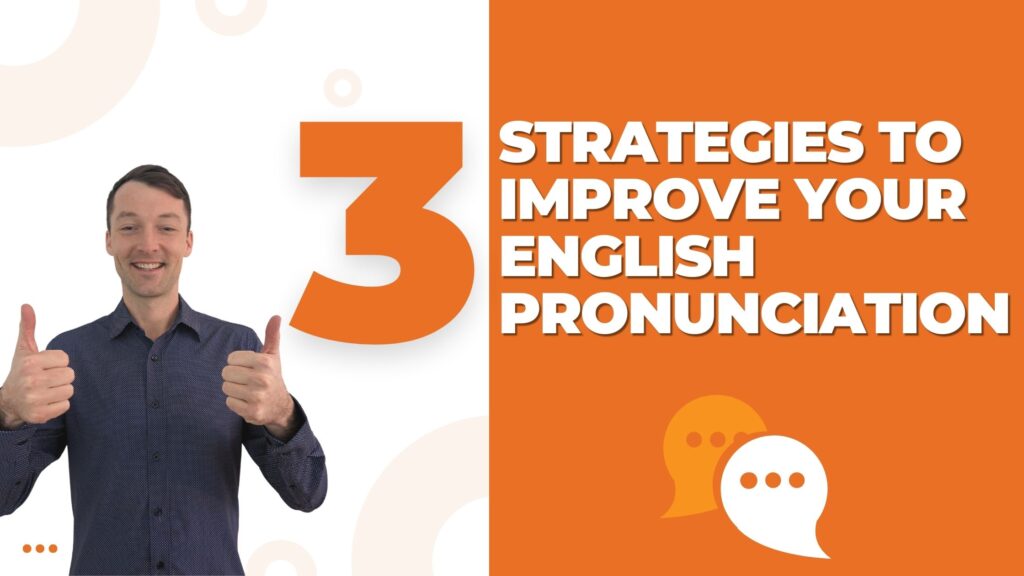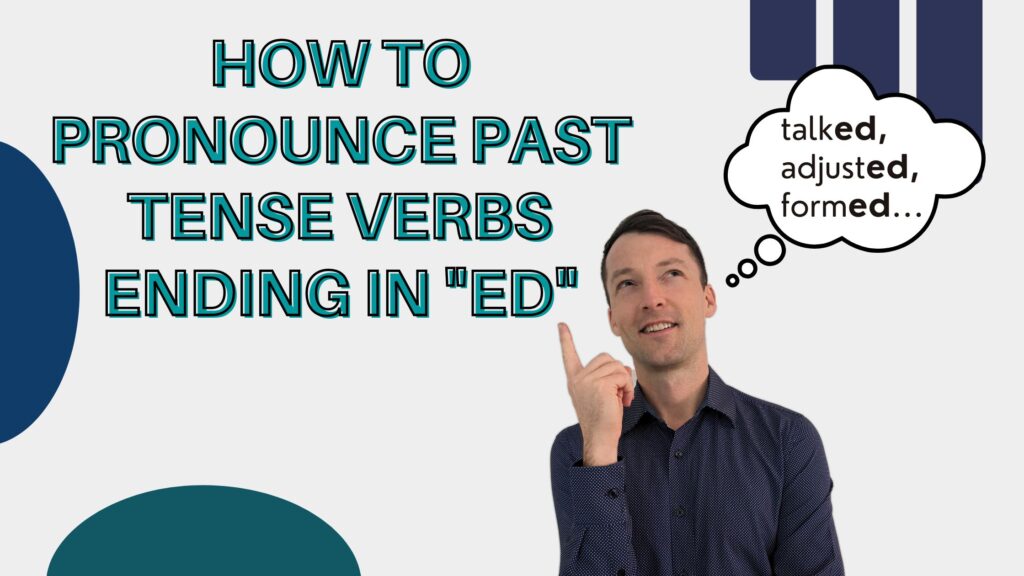Adjectives are words that describe or modify nouns or pronouns. In English they are placed in front of the noun they modify. They can also be placed in back of a verb describing a state of being. In this posting I talk about how to use these words. In addition, I talk about what order to put adjectives in a sentence when there are several to modify one noun. There will be many example sentences. The download at the end will give you additional practice using adjectives.
Here is the free Adjective in English Video Lesson I taught on YouTube:
Subscribe to our YouTube Channel to see all of our lessons and get the latest videos right away!
What are adjectives?
Adjectives are words that describe or modify nouns or pronouns. This means they give us more information about the noun or pronoun. They answer the following questions:
- Which–I wore my blue dress. Which dress did I wear? The blue one.

- What kind–My aunt has a great recipe for chili. What kind of a recipe does my aunt have? A great one.

- How many–She has three cats. How many cats does she have? Three.

Adjectives do not change form, even if the word they are modifying is plural. They always stay the same.
Where do we place adjectives?
In some languages the noun comes first, and then the adjective. In English, however, the adjective comes first, and then the noun. We say,”The large dog barked at me,” and not “The dog large…” However, when we are using a verb that dos not show action, but instead expresses a state of being, the adjective may come after the verb. Here are some common verbs where this can happen:
- be–She was happy when she got a raise.
 Happy describes she.
Happy describes she. - feel–I feel sick today.
 Sick describes how I feel.
Sick describes how I feel. - angry–The boss seems angry today.
 Angry describes how the boss seems today.
Angry describes how the boss seems today. - appear–Her parents appear pleased with her decision.
 Pleased describes how her parents appear.
Pleased describes how her parents appear. - look–My sister looks pretty in pink.
 Pretty describes how my sister looks in pink.
Pretty describes how my sister looks in pink. - taste–Chocolate tastes so good!
 Good describes the taste of chocolate.
Good describes the taste of chocolate. - smell–The roses in my garden smell sweet.
 Sweet describes the small of the roses.
Sweet describes the small of the roses. - act–He acted happy, so I didn’t know that he was really sad.
 Happy is how he acted, but sad is how he really felt.
Happy is how he acted, but sad is how he really felt.
Types of adjectives
English has 7 types of adjectives. Below is a list of the types and example sentences.
- Descriptive—Descriptive adjectives simply describe a noun or pronoun.
- A beautiful woman moved in next door to me.

- That annoying telemarketer just called me again!

- She was happy to see me.

2.Quantitative—Quantitative adjectives tell us how many.
3.Demonstrative—Demonstrative adjectives tell us which one. There are four demonstrative adjectives: this, that, these, and those.
4.Possessive–These adjectives show possession. The following words are possessive adjectives: my, your, his, her, its, our, their
5.Interrogative—Interrogative adjectives ask a question.
6.Distributive—Distributive adjectives describe specific parts of a group. Here are some common ones.
- each—Each person will receive a free gift.

- every—Every student should bring a pen.

- either—Either choice is good for me.

- neither—Neither choice is good for me.

- any–I’ll take any of the pictures you’d like to give me.

- some—Some people will do anything for money!

7. Articles— English has three articles.
- a (singular, general)–They have a dog.

- an (singular, general–used when the word following it begins with a vowel)–He ate an apple.

- the (singular or plural, specific)–The man in the red car is my uncle.
 The books for the math classes are hard.
The books for the math classes are hard.
Order of adjectives
Sometimes we use several adjectives to modify one noun. If there are only two of the, we may use the word “and.”
There is a formula to use,however, when we use several adjectives in a sentence to describe one noun.
- article or determiner (a, an the, this, that)
- quantity or number (three, four, many, few)
- quality or opinion (good, bad, beautiful, ugly)
- size (large, small)
- age (young, old)
- shape (square, round)
- color (red, green)
- origin (American, Mexican)
- material (gold, rubber, plastic)
- purpose ( swimming for swimming pool, swing for sewing machine)
- noun
Keep in mind that you will never have a sentence with 10 adjectives describing one noun or pronoun. At the most, a noun will have three or four adjectives describing it. However, the above formula will help you know what order to put the adjectives in, whatever number of them you may have. Here are some example sentences.
- I love spicy (quality) Chinese(origin) food.

- The (article) three(quantity) old(age) dogs next door bark a lot.

- She has a (article) new (quality) beautiful (opinion) large (size) computer.

- I put a round (shape) swimming (purpose) pool in my backyard.

- That young (age) Canadian (origin) skier is very talented.

- I have an (article) old (age) green (color), plastic (material) flower (purpose) pot in my kitchen.

You now know that adjectives are words that describe or modify nouns or pronouns. They come in front of the noun except in the case of a verb that shows a state of being rather than action (be, feel, seem, appear, look, taste, smell, and act). Then they come after the verb. There are 7 types of adjectives: descriptive, quantitative, demonstrative,possessive, interrogative, distributive, and articles. When several adjectives are needed in a sentence, we put them in the following order: article + quantity + quality or opinion + size + age + shape + color + origin + material + purpose. The download will give you additional practice using adjectives.
Idioms of the day
- to live high on/off the hog–This means to have a lot of money and live a very expensive lifestyle. We say this when we may disapprove of the lifestyle. My cousins take fabulous European vacations every year and only eat in the finest restaurants.
 They really live high off the hog.
They really live high off the hog. - to put the kibosh on something–This means to put a stop to a plan. I wanted to go to the mountains, but my car broke down. That put the kibosh on that idea.







Do not conflate form with function. Determiners are not adjectives. Six of the categories (Quantitative, Demonstrative, Possessive, Interrogative, Distributive, Articles) identified here as adjectives are NOT adjectives. Adjectives provide attributive information about nouns. Determiners provide non-attributive information. Adjectives have degrees of comparison. Determiners do not. The difference is significant.